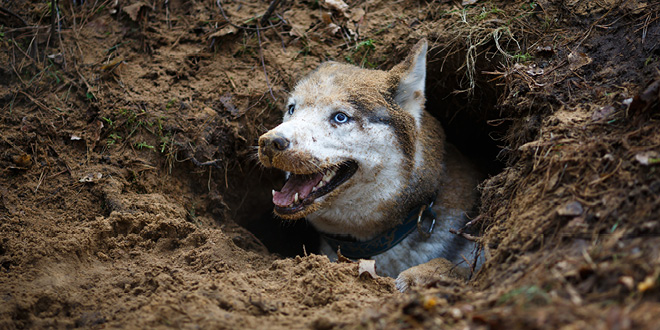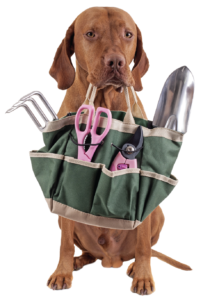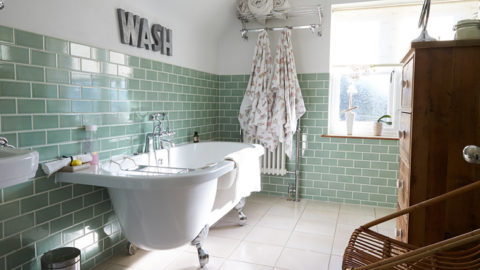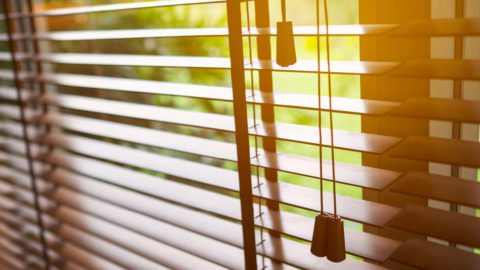Pet Proofing Your Garden

There’s always a lot to say about small pests such as greenfly, caterpillars, vine-weevil and so forth, but early in the year it’s some of the bigger ‘residents’ which can really drive you around the bend. I’m talking about cats and dogs. What can you do to ensure that you continue to garden happily, successfully and safely, despite the fact the garden is visited by cats and dogs… and without harming these lovely creatures either?
You may need to consider actively fencing off one part of the garden for your dog, and trying to keep another area completely dog free. If you have problems with dogs coming in from next door, then it’s essential that you make repairs to fences. Now is a good time because there’s relatively little plant foliage to hide holes, gaps or loose panels in fencing. Remember that the dog is also likely to be able to squeeze underneath or around many types of fence, so you may need to use chicken netting or similar. Don’t forget that gates as well as fences need to be dog-proofed, and never left open for the dog to wander through. If you really have a serious problem that this won’t resolve then you can try a fox
deterrent such as ‘Fox-Watch’.
Sometimes a few strategically planted dense and prickly shrubs such as pyracantha may help to deter digging paws. Obviously you don’t want to cause the animal actual harm, but something sharp, prickly or simply very dense can act as a good deterrent.
Next door’s cat or others in the neighbourhood are trickier to deal with as unfortunately they do tend to try and do their ‘toileting’ along the edges of their own territory, making your garden a prime target area.
If your cat or a neighbour’s cat is a problem, bear in mind that the more bare soil there is, the more likely that a cat will start to use it as its loo. Ground cover planting is essential and you could always use temporary annual flowers to fill in gaps between longer term planting. If you find that these too are scuffed up shortly after you have planted them, then the best thing to do is cover newly planted areas of bedding with an arch of chicken mesh or with sticks with taut string tied between them. Obviously this will look a mess but can be removed promptly once the plants have rooted well and started to establish. I have found that the electronic cat deterrent ‘Cat-Watch’ works very well too.
Mulching materials can sometimes cause problems and despite what the label says, many gardeners have told me that they found that the cocoa shell mulches seem to attract cats. Generally speaking soggy mulches like this or anything with a strong smell do tend to deter cats, as they hate digging in moist material. Take extreme care if dogs use the garden as cocoshell mulches can prove fatal to them. Mulches made of large pebbles or stones also tend to keep them at bay, but smaller diameter gravel or shingle seems to be quite attractive to some cats.
Areas of freshly sown seed look very attractive to a cat or dog and again are best protected either by chicken mesh or sticks and string. Remember to keep the string taut at all times, as there’s a slight risk that birds could become entangled in it.
Visit Pippa’s website www.pippagreenwood.com for a great range of gardening-related items including ‘Grow Your Own with Pippa Greenwood’ veg growing system, electronic cat and fox deterrents, lots of slug controls, Pippa’s favourite weeding tool, and many other useful garden items.







